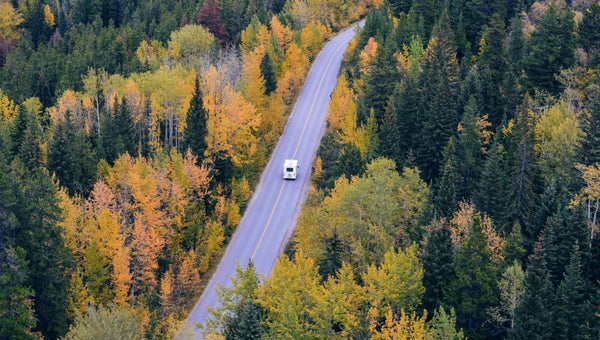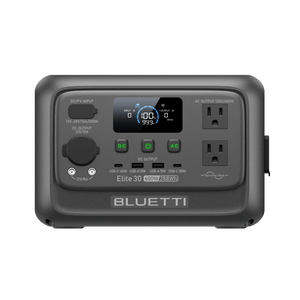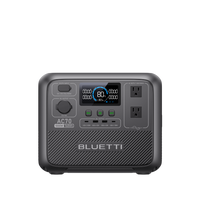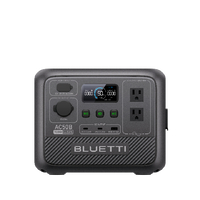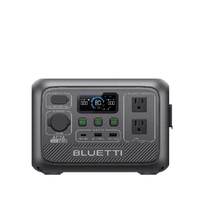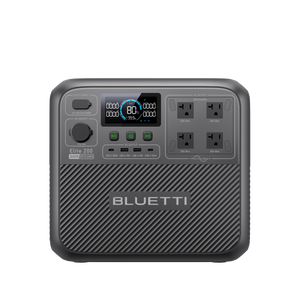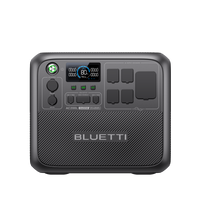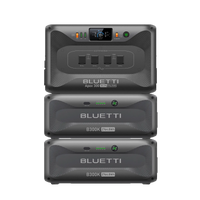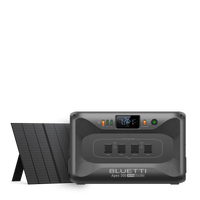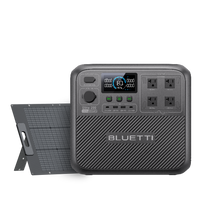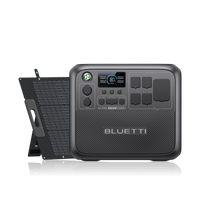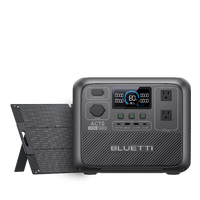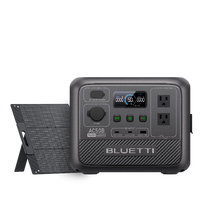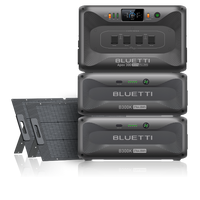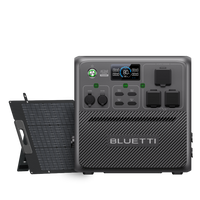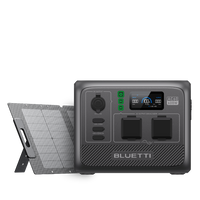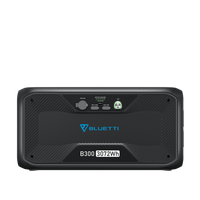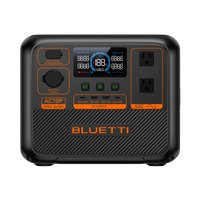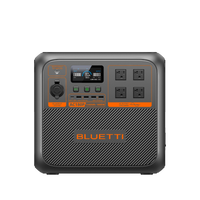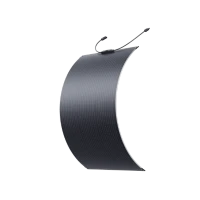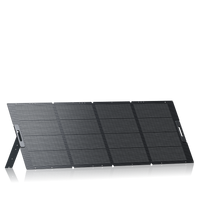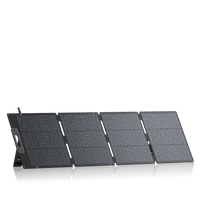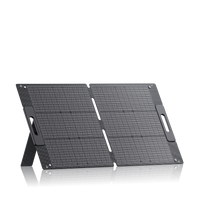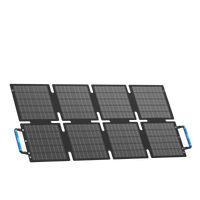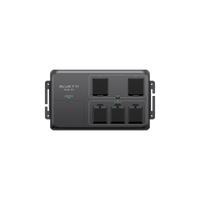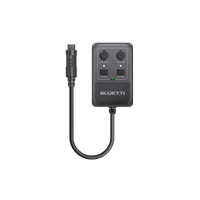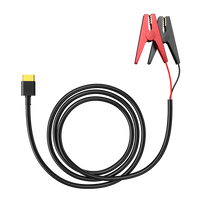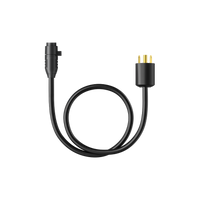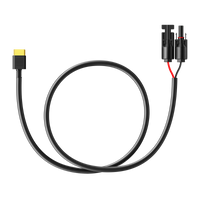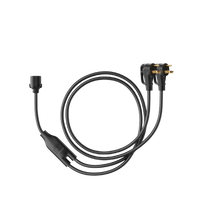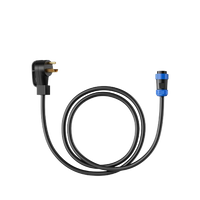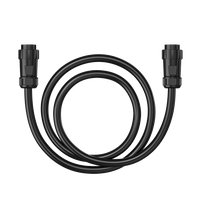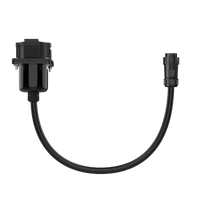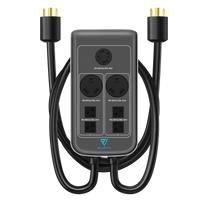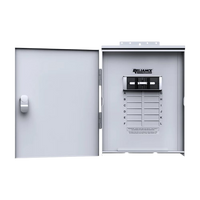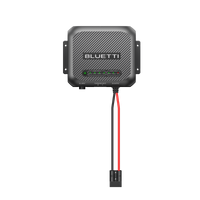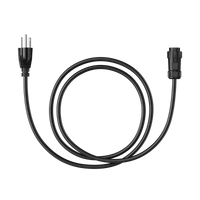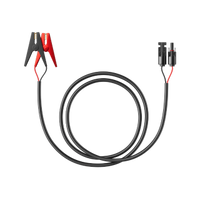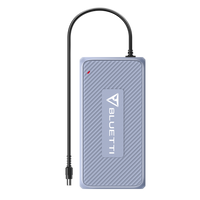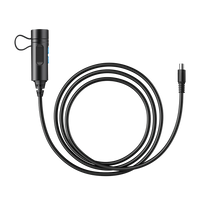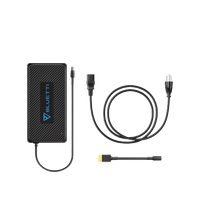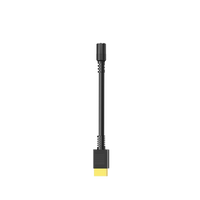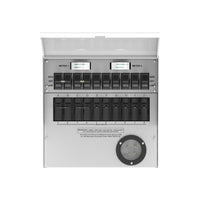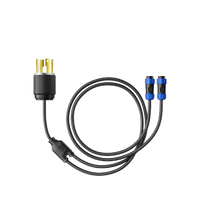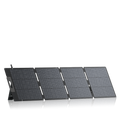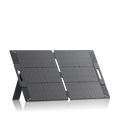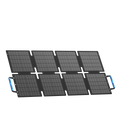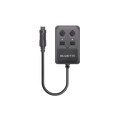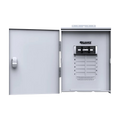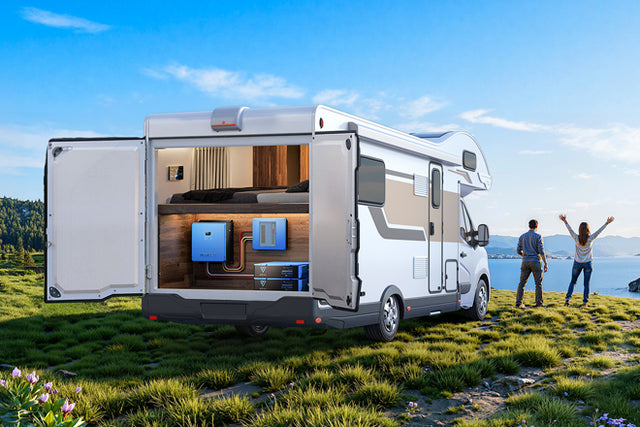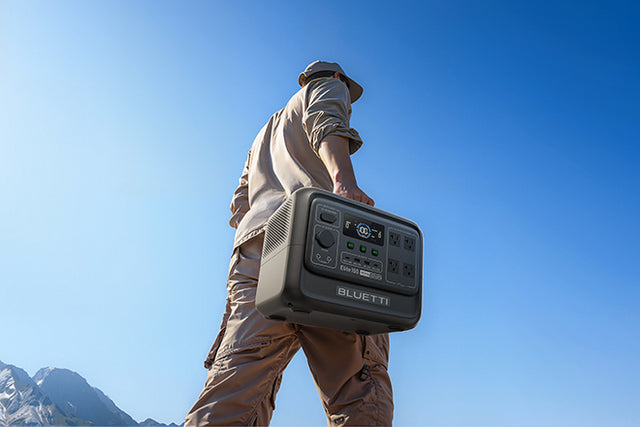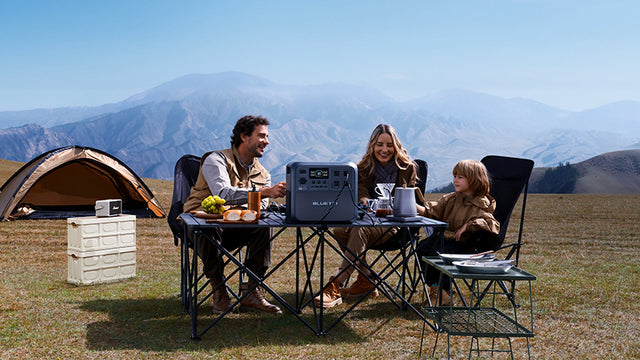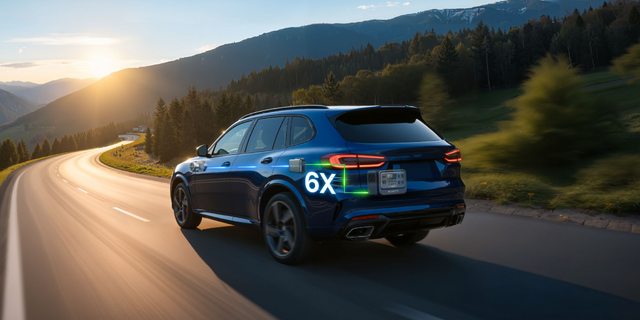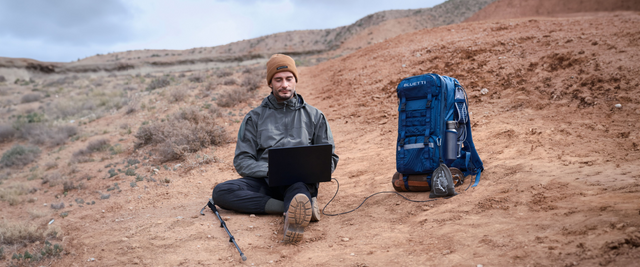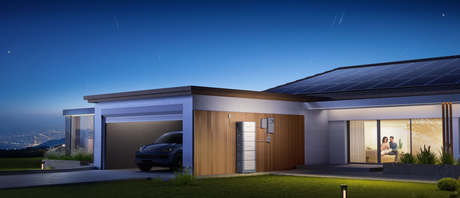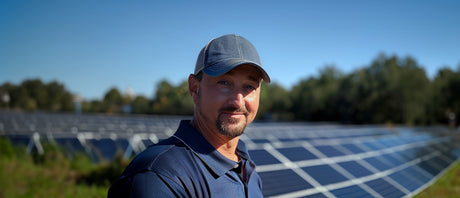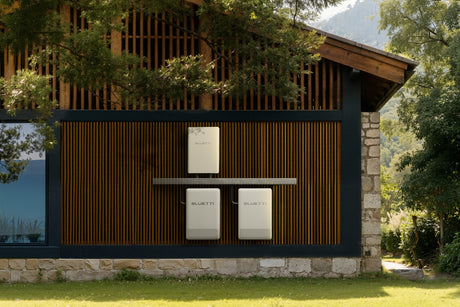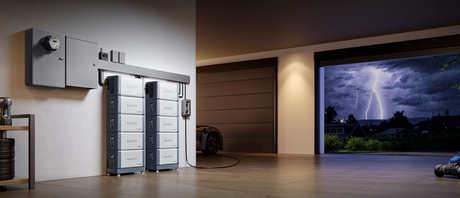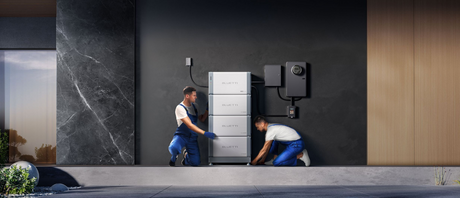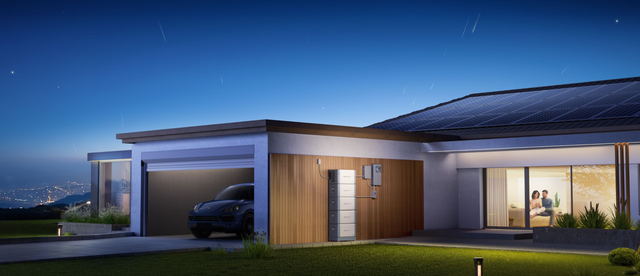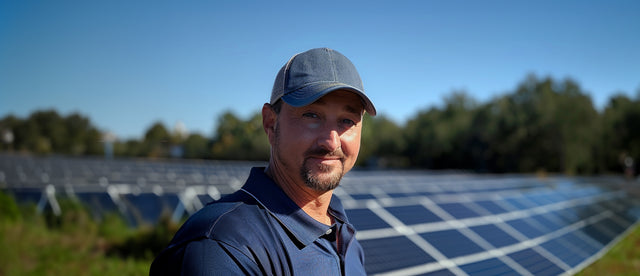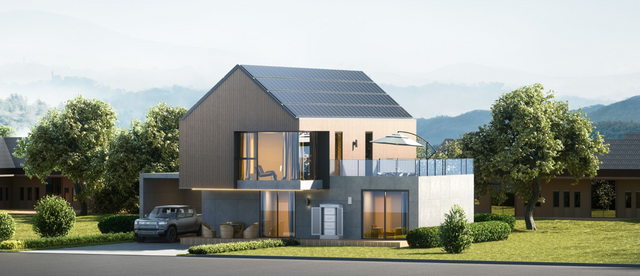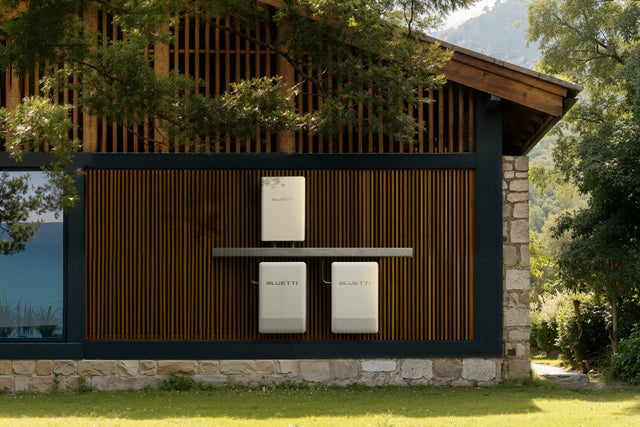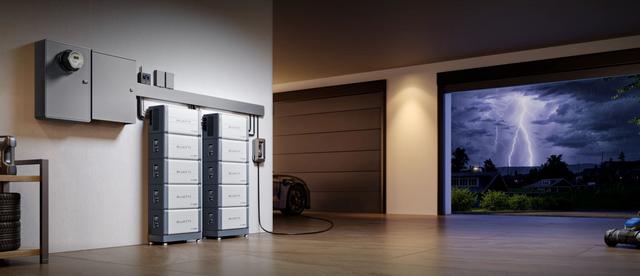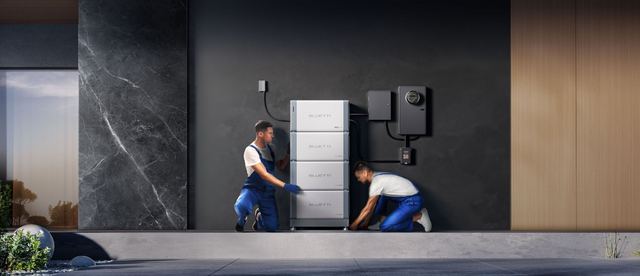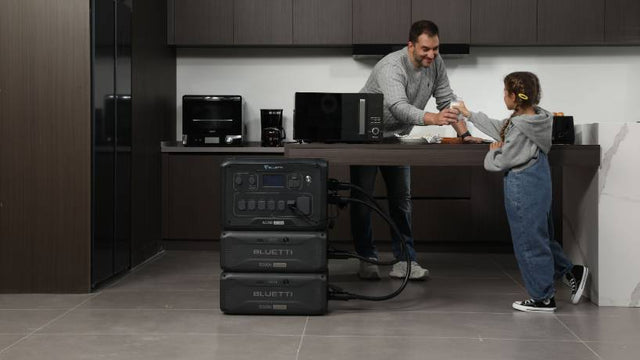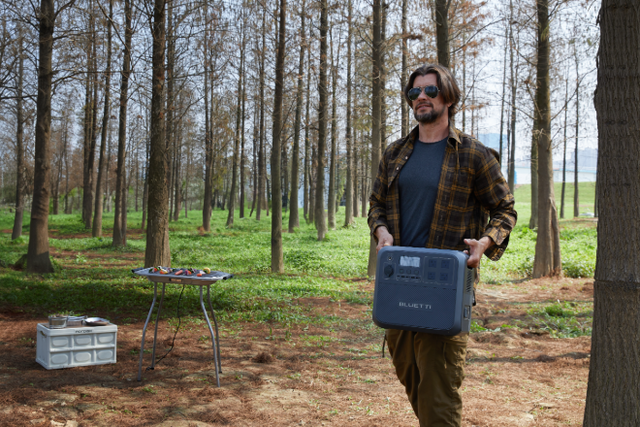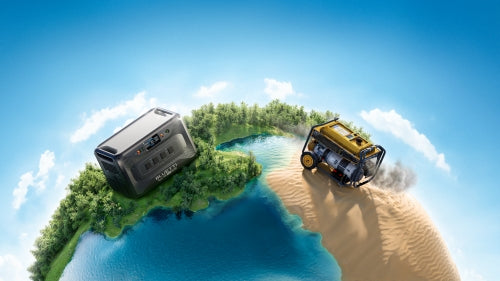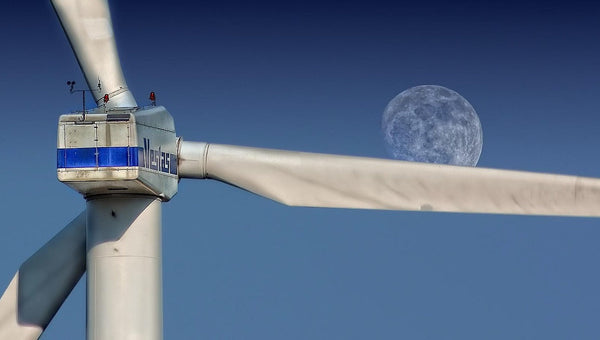Your cart is empty
Shop our productsHere's the question I hear a lot these days: "Is Starlink faster than 5G?"
It's a fair one. On one side, you've got Starlink, Elon Musk's mega satellite network beaming internet from space. On the other hand, there's 5G, the much-hyped cellular upgrade that promised us blazing speeds, almost no lag, and futuristic possibilities like self-driving cars and robotic surgery.
However, comparing the two isn't straightforward. It depends on the location, activity, and some other factors, too.
The two technologies have reached great maturity in the year 2025. Starlink is already out of its buggy beta stage, and 5G networks are not exclusive to the major cities.
Let's compare Starlink and 5G to see which comes out on top.
How Fast Is Starlink Internet vs. 5G?
Starlink Speeds Today
Back when Starlink first launched, speeds were all over the place. People saw anywhere from 50 Mbps to 150 Mbps. Fast forward to 2025, and it's a different ballgame.
-
Download: Starlink now averages around 104 Mbps worldwide, with some regions peaking between 50 and 300 Mbps.
-
Upload: Still weaker than downloads, but improved from 5–15 Mbps to 15–40 Mbps with a 175% increase. This is perfectly fine for video calls and work-from-home setups.
The biggest takeaway? If you're in a rural or off-grid spot, that kind of performance is a lifesaver. For someone wondering how fast Starlink internet is, the short answer is: fast enough for streaming, gaming, Zoom, and remote work.
5G Speeds Today
Now, let's talk about 5G.
-
Download: In areas with strong coverage, 5G absolutely crushes. Speeds can range from 50 Mbps to 2 Gbps. That's right, gigabit territory—something Starlink just can't touch right now.
-
Upload: Solid, often 2–3x faster than Starlink where signals are strong.
Note: You only see those gigabit speeds when you're near a robust tower with millimeter-wave (mmWave) 5G. Step inside a building or move to the outskirts of town, and suddenly that "super-fast" 5G drops to mid-band or low-band speeds, which aren't much better than 4G LTE.
Starlink Delay vs. 5G Delay—What's the Difference?

What is latency? It's basically the time it takes for data to travel from your device to the server and back again. Imagine you're video calling a friend. If there's high latency, your lips move, but your words arrive a second later. Super awkward, right?
That's why latency matters. Even if your download speeds look great on paper, a high ping can ruin your experience in gaming, live streaming, or remote work meetings. It's not just about "How does Starlink's speed compare?"—it's also about how responsive the connection feels.
Starlink Latency in Real Life
Starlink made a name for itself by crushing old-school satellite internet. Traditional geostationary satellites had a latency of 600–800 ms, which was terrible for anything real-time. Starlink's low Earth orbit satellites brought that down drastically.
-
Typical Starlink latency sits in the 25–60 ms range.
-
On good days, it can dip to the low 20s.
-
During peak congestion, it might climb higher, but still nowhere near the "wait forever" lag of old satellite systems.
So if you're gaming casually, running video calls, or streaming, Starlink gets the job done. For someone asking how fast Starlink internet is when it comes to responsiveness, the answer is: surprisingly solid, but not flawless.
5G Latency: Practically Instant
When you're close to a tower, latency on 5G can be jaw-droppingly low. Think 1–5 ms. That's basically real-time. It's the reason 5G is hyped for things like self-driving cars, remote robotic surgery, and cloud gaming.
The downside? You don't always get those lightning-fast numbers. Latency can increase to 20-50 ms due to factors such as tower congestion, poor coverage, or interference. Nevertheless, 5G is typically faster than Starlink even at such a distance.
Reliability: The Everyday Reality Check
Speeds and latency look impressive on paper, but reliability matters most in daily use. Here's the breakdown:
Starlink Reliability:
-
Performs miracles in sunny places.
-
It faces challenges in areas with trees, heavy rain, or snow that block the dish.
-
Can face occasional "network busy" slowdowns as more subscribers join.
5G Reliability:
-
Rock-solid in dense cities with lots of towers.
-
Drops in country locales or indoors (walls adore high frequency signals).
-
It may become clogged with large groups, such as stadiums or festivals.
The Bottom Line on Latency and Reliability
But which of these two can you believe more?
-
When you need the fastest connection, which is super-snappy, 5G cannot be beaten, no matter where you are in the city.
-
If you're off-grid or rural, Starlink's slight latency disadvantage won't matter as much—you'll just be happy to have a reliable connection.
When people ask how fast Starlink internet is, they usually mean download speed. But if we're being real, latency and reliability are just as important. After all, no one cares about a 100 Mbps speed test if your Zoom call freezes mid-sentence.
Starlink's Global Reach vs 5G's Local Strength

Starlink's Coverage
Starlink shines in places where 5G struggles. Remote towns, mountain cabins, boats at sea, you name it. If you've got a dish with a clear sky view, you're in business. That's something no cell tower can replicate.
But here's the caveat:
-
You need a decent patch of sky without obstructions.
-
There's potential for network congestion as more people sign up.
5G's Coverage
5G is rolling out hard in cities and suburbs. Rural expansion is happening, but it's slower and tower-dependent. Unlike Starlink, 5G doesn't need a dish, just your phone or a hotspot.
If you're in a city coffee shop, wondering how Starlink's speed compares to your 5G phone, the answer is simple: 5G likely wins.
Real-World Issues That Change Performance
Why Context Matters for Internet Speeds
Here's the thing: No matter what the ads say, neither Starlink nor 5G gives you "perfect" speeds all the time. Both are affected by conditions in the real world. Imagine driving a sports car that can reach 200 mph on a racetrack but only 20 mph in rush-hour traffic. Similarly, internet performance depends on environmental conditions.
So, in case you ask the question of how fast Starlink internet is or how reliable 5G can be, we need to dissect some of the factors that do make a difference.
What Can Slow Down Starlink
Starlink operates on the principle of sending the signals between your dish and satellites flying in space. Sounds like science fiction, but a couple of things may cause a wrench in the system:
-
Obstruction: Trees, high buildings, or even an improperly placed chimney can obscure the view of your dish. No clear view = interrupted signal.
-
Weather: Torrents, snow, or storms may create temporary delays. It is not as poor as the old satellite internet, though it is noticeable.
-
Subscriber Growth: As more users connect to the same satellite "beam," congestion can happen. In peak hours, you might see your speeds dip.
-
Dish Placement: Setting the dish on the ground versus mounting it higher makes a world of difference.
Fairly speaking, Starlink is simply amazing, but it cannot withstand nature or network capacity. As far as the speed is concerned, Starlink internet can offer 250 Mbps to one user and only 50 Mbps to another, depending on the setup.
What Can Slow Down 5G

On paper, 5G appears to be invincible—gigabit speeds, ultra-low latency, and the whole hype. However, after leaving the marketing bubble, things don't seem to be that easy in the real world:
-
Proximity to Towers: The closer the better. Go too far and your speeds come down.
-
Signal Type: mmWave 5G (the fastest one) is very fast, but with an appalling range—it cannot cope with walls, trees, or even glass. The 5G of mid-band and low-band are slower but can travel further.
-
Quality of the device: Not every smartphone or hotspot supports 5G bands. Where a flagship glides, a budget phone might suffocate.
-
Congestion: Have you ever noticed that your phone is slowing down in a crowded stadium? That is 5G engaging too many devices simultaneously.
Thus, 5G can outperform Starlink by a wide margin in terms of speed tests, but it is not always consistent.
Comparing Their Weak Spots
In all fairness, there is an idiosyncrasy in both systems.
-
Rural or off-grid: Starlink is a game-changer. It is not necessarily as fast as peak 5G, but it is predictable and reliable where other things are not.
-
5G struggles most with coverage gaps, congestion, and building penetration.
Neither one is flawless, which is why asking how fast Starlink internet is compared to 5G has no single answer. In practice, performance depends heavily on where you're standing (or sitting) at that moment.
The Everyday User's Takeaway
If you're setting up Starlink, invest time in finding the best dish placement and keep an eye out for obstructions. If you're relying on 5G, check coverage maps and maybe test multiple carriers before committing.
Because at the end of the day, the tech only matters if it works for you. Numbers on a chart don't tell the full story; the conditions around you do.
Starlink Vs 5G: Deciding Based on Your Location and Lifestyle
Go with Starlink if:
-
You live in a rural or remote area.
-
You want a stable internet where no wired options exist.
-
You need consistent speeds that aren't tower-dependent.
Go with 5G if:
-
You're in a city or dense suburb.
-
You want the absolute fastest speeds possible.
-
You value portability (your phone is basically the modem).
So, is Starlink faster than 5G? Usually not. But is it more useful in the middle of nowhere? Absolutely. That's why so many people still Google how fast Starlink internet is before making the leap—it really depends on your location.
The Power Problem Nobody Talks About
Here's something most people forget: both Starlink and 5G hotspots need electricity. If you're off-grid or if your power goes out, it doesn't matter how fast your connection could be. No power means no internet.
That's where portable and backup power stations come in clutch.
For Remote Starlink Users

The Elite 100 V2 Portable Power Station is practically built for this scenario.
-
1,800W output (3,600W peak)—enough to handle your Starlink dish, laptop, router, and more.
-
LiFePO₄ battery with 4,000+ cycles—meaning it'll last for years.
-
80% charge in 45 minutes with TurboBoost.
-
Powers up to 11 devices at once.
-
Works quietly (just 30 dB at low output).
Imagine camping in an off-grid cabin: your Starlink stays powered, your fridge keeps running, and you can still charge your drone or coffee machine. That's what makes this little beast worth it.
For Home Backup Needs

If you're at home and worried about blackouts, the Apex 300 Home Backup Power Station takes things to the next level.
-
2,764.8Wh capacity, 3,840W output (7,680W Power Lifting).
-
0ms UPS switch-over—your internet doesn't even blink during an outage.
-
Expandable up to 58 kWh—yes, you can basically power your entire house.
-
Dual 120V/240V output—so even heavy-duty appliances like dryers or EV chargers are covered.
-
Smart modular design—future-proof, grows with your needs.
Pairing this with Starlink means you've got reliable internet even if the grid fails. That's peace of mind you don't get from a cell tower.
Wrapping It Up
So, after all that, is Starlink faster than 5G?
-
In cities with strong coverage: 5G wins, no contest. Lower latency, faster downloads, and better uploads.
-
In rural or off-grid areas: Starlink is a game-changer. It's not always as fast as peak 5G, but it's consistent and available where nothing else is.
The question is not how fast the Starlink internet can be at the end of the day. It is: which one do you require more—speed or coverage? In an urban setting, 5G is your star. On the other hand, Starlink is your savior in case you are in the sticks.
And no matter which side you pick, remember: none of this works without power. That's why I recommend grabbing the Elite 100 V2 Portable Power Station for mobility or the Apex 300 Home Backup Power Station for whole-home reliability. Because the only thing worse than slow internet… is no internet.
Shop products from this article
Be the First to Know
You May Also Like

When Is Deer Season In Missouri: Key Dates, Rules, Tips, and More
